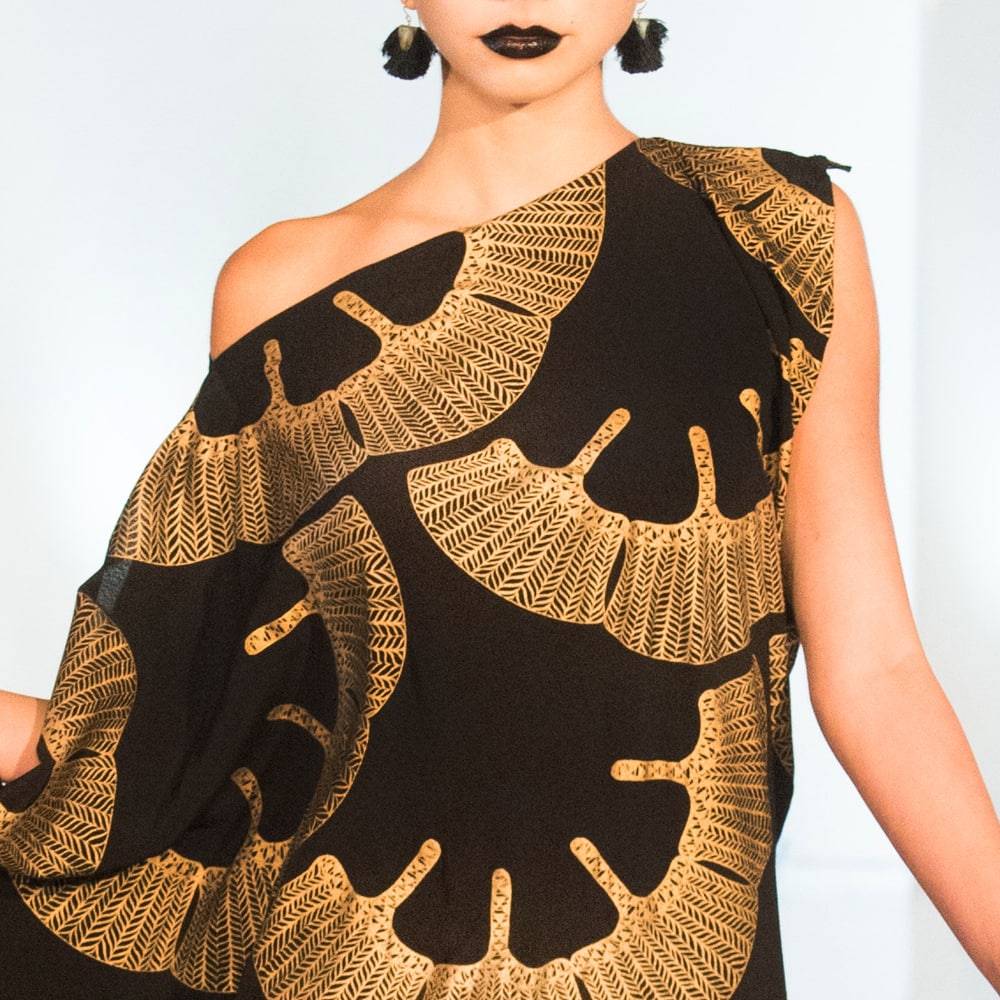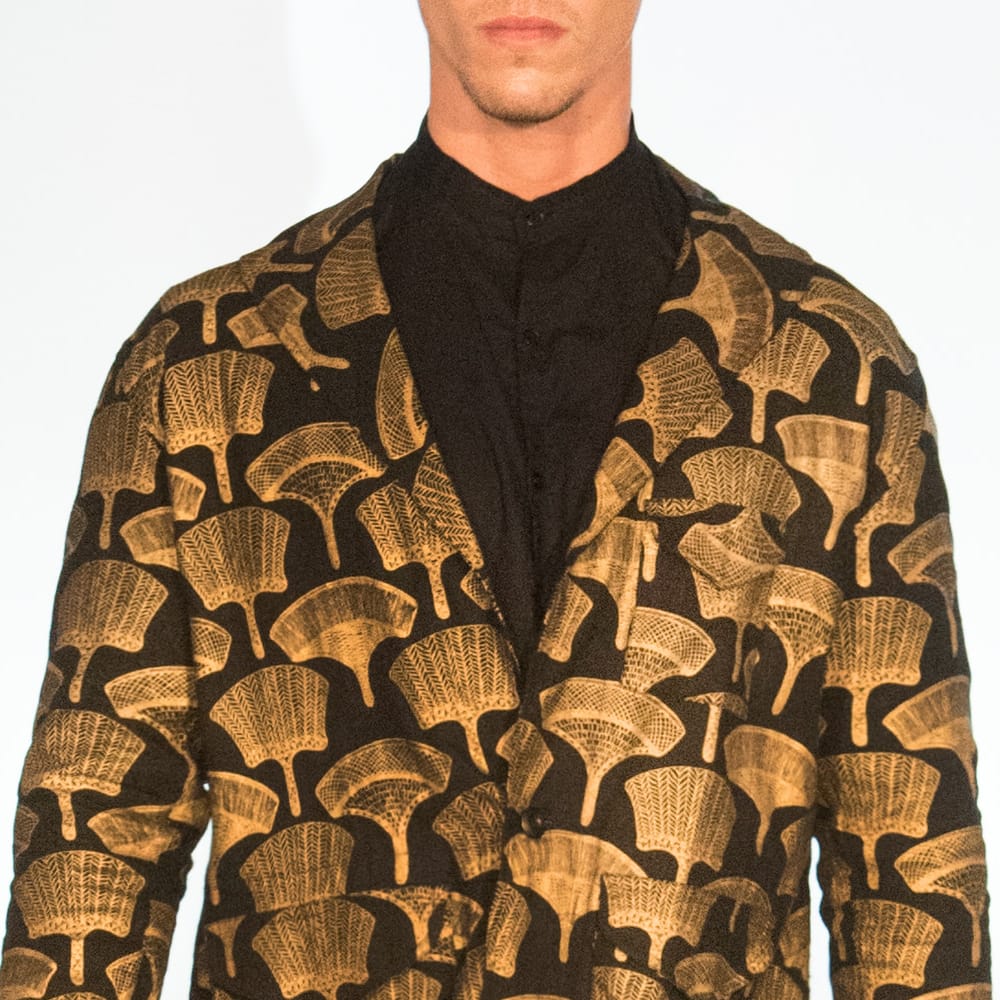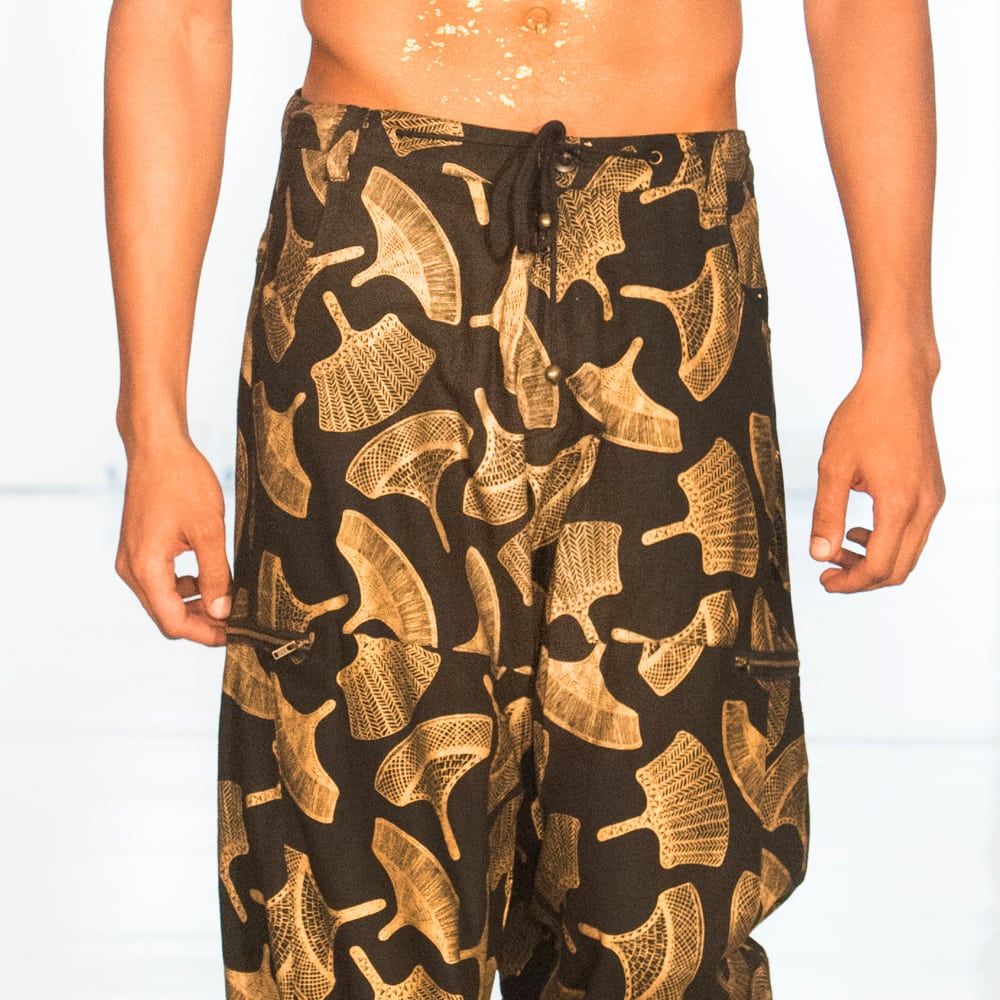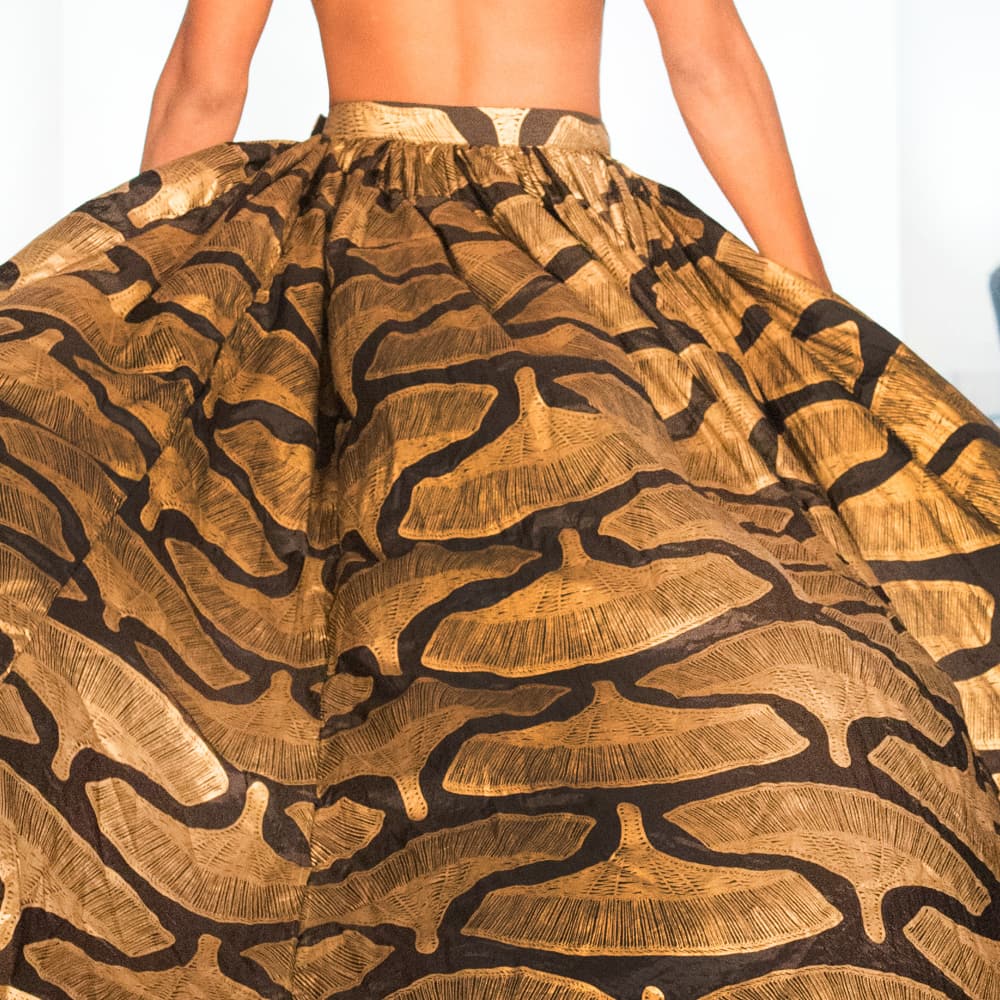With mere weeks left until the Merrie Monarch Festival, our designer and his ‘ohana ready Hālau Manaola for their second year of competition. For months they have dedicated themselves to rigorous practices under strict hula discipline to perfect their performances on the world-famous stage. Manaola shares his insights into the hālau’s hula regimen and what we can expect from the Kohala wāhine at the Merrie Monarch Festival 2017.
When did Merrie Monarch training begin for Hālau Manaola & how does it differ from routine practices throughout the year?
January started our 4-month training. The difference from routine practices are the content of the practices and that they are stricter, which require more commitment and conditioning.
How would you describe Hālau Manaola’s signature style?
Manea, an elevated style that requires dancers to tread on the ball of the feet. It comes from ‘Iolani Luahine and is evident in all of our dances.
What are the infamous Merrie Monarch “fact sheets”?
Fact sheets are one of the most important elements in explaining your presentation to the judging panel. Fact sheets give them insight to understanding the artistic vision of the kumu–the choreography, cadence, melody, chanting style, historical references (including maps and genealogy) as well as an explanation on costume and adornments. Fact sheet also help give the judges insight into the foot and hand gestures because kumu hula come from different traditions so it gives you an opportunity to explain what line of tradition the content of your presentation is coming from. Fact sheets can be 30+ pages which require months of research to compile.
What does kapu during Merrie Monarch mean to you?
Kapu during Merrie Monarch represents sacrifice and commitment, giving yourself completely to the dances and hālau. It also requires dancers to sustain their mana to its fullest capacity without any defilement–understanding your focus and making sure that your spiritual energy is at its purest, fullest potential. Things that help lessen distractions from the focus of hula are abstaining from are sexual contact, alcohol and specific foods like banana, he’e, kō (sugar cane) which also have double meanings. For example, he’e means to slip, so we avoid eating he’e during this time.
How does Hālau Manaola’s training differ from last year?
Every year has its own levels of discipline according to the mele, plot, dance style and content. This changes the training regimen to transform the womens physical, mental and spiritual body. They have gone through vigorous cardio workouts this year to build stamina as our mele is based the elements and is on a faster cadence than last year.
What inspired you and your mother (Kumu Nani) for the dancer’s mele this year?
The ‘auana is one of our favorite, classic songs that we love. In light of my tūtū’s (Mary Ann Lim) passing it is especially important to our ‘ohana that we honor her through these mele in our performances this year.
Photos by Vision Horse Media for The Wall Street Journal 2016






